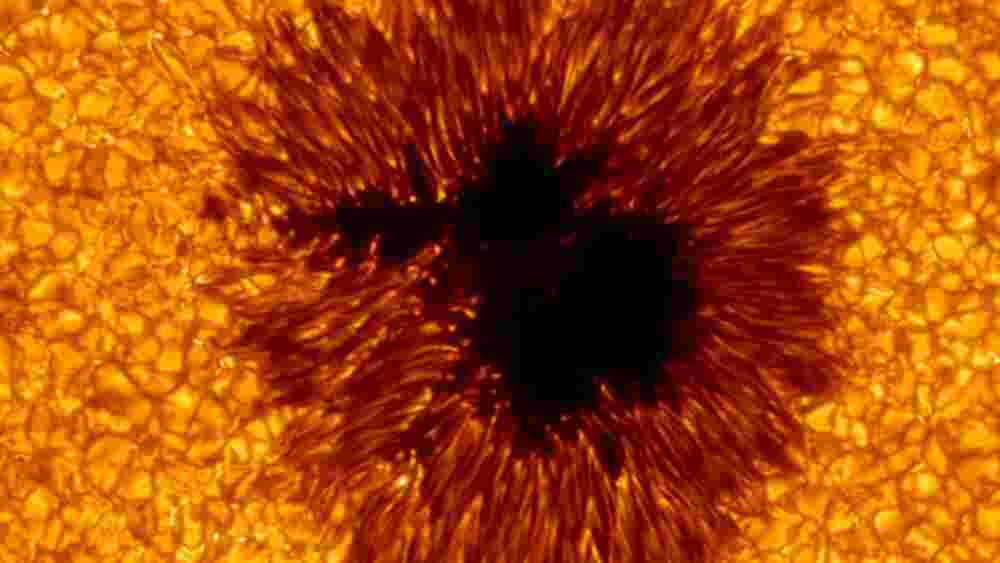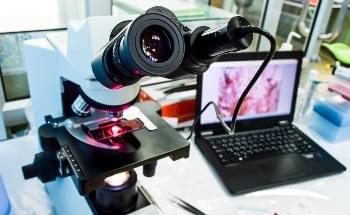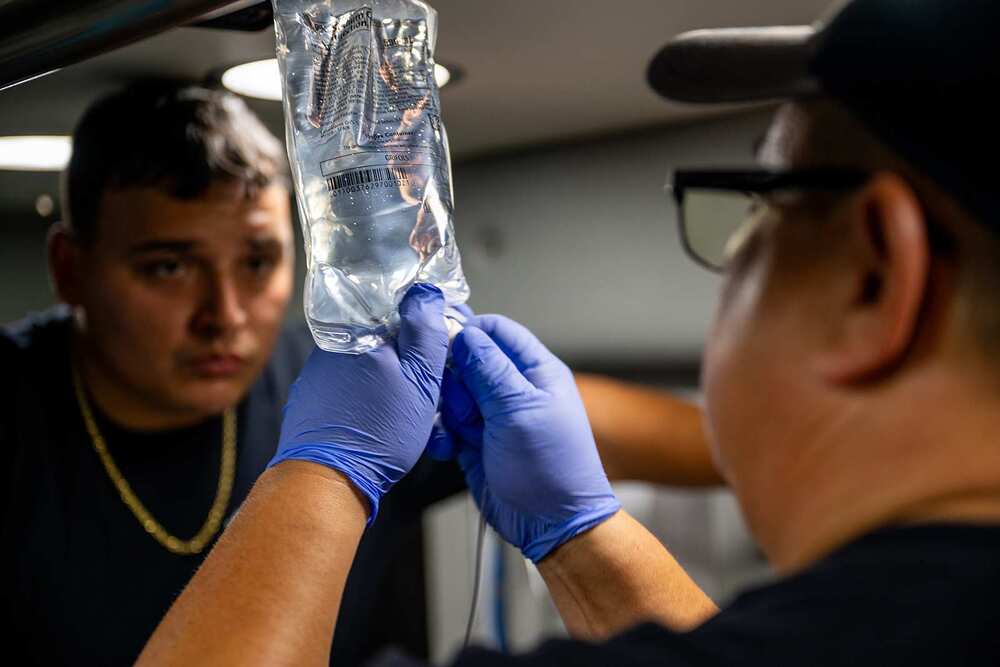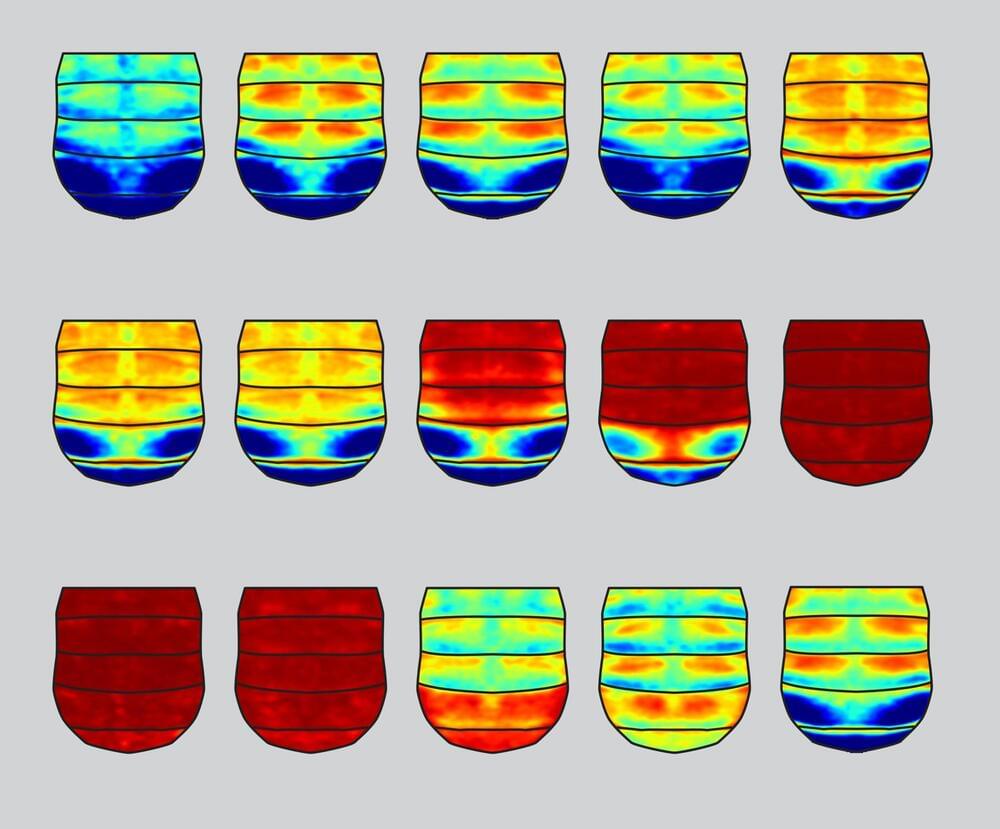#AINews #ArtificialIntelligence #MachineLearning.
Unlocking Immortality: Explore the Future of Eternal Life through Brain Uploading! 🧠💻 Embrace cutting-edge technology as we delve into the possibility of uploading our human consciousness into digital realms, paving the way for eternal existence. Join us on this mind-blowing journey where science fiction meets reality, as we discuss brain upload, digital immortality, consciousness transfer, AI advancements, and the limitless potential of our digital future. 🔬🌌 Discover the key to everlasting life and transcendence in the digital age! 🚀 #EternalLife #BrainUploading #DigitalImmortality #ConsciousnessTransfer #AIAdvancements #FutureTech #Transcendence







